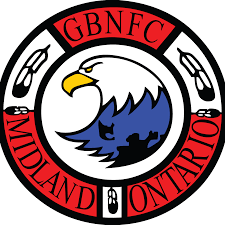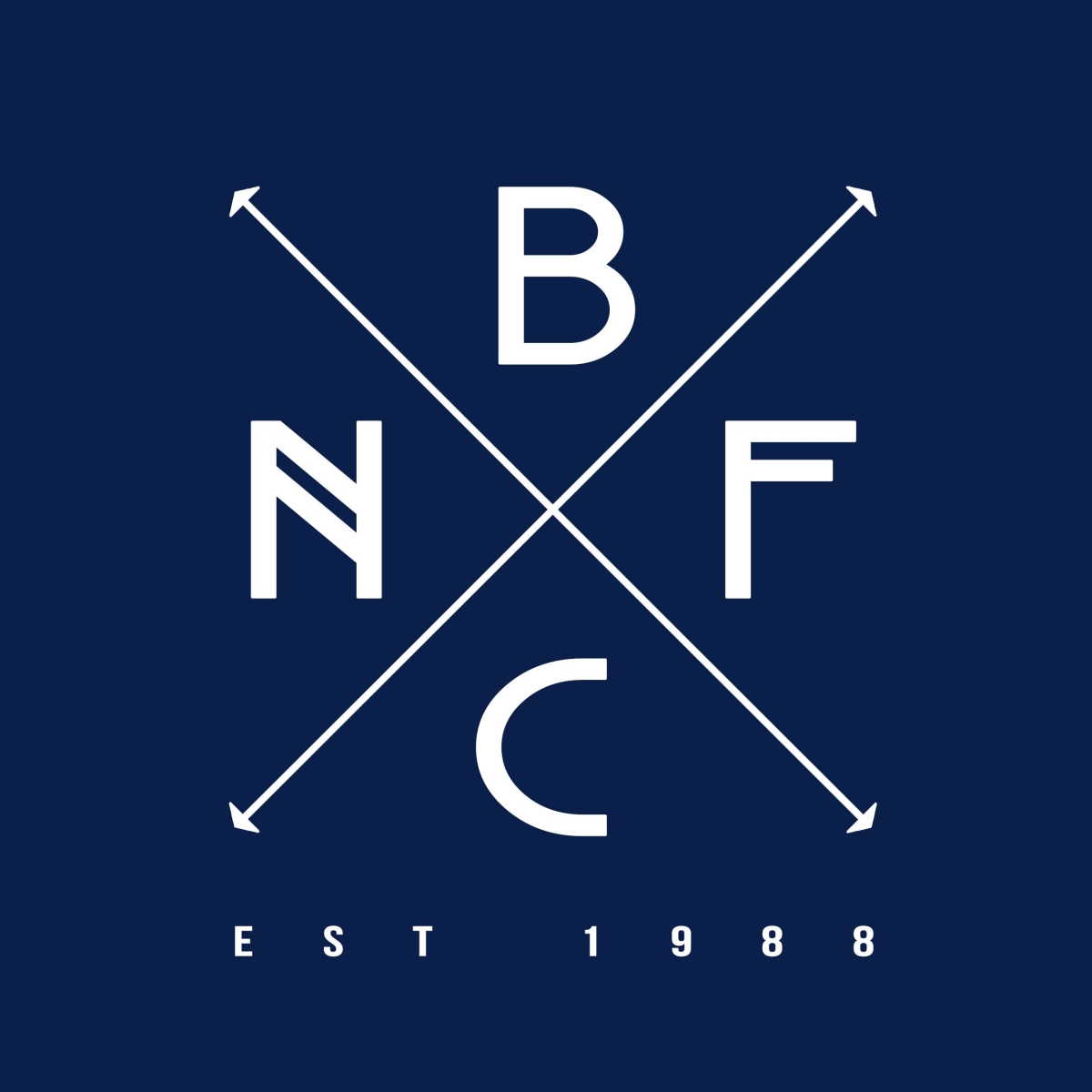Clearview Township's Land Acknowledgement statement was developed and approved by Clearview Council in 2021.
What is a Land Acknowledgement? Why do we use one?
A territorial or land acknowledgement involves making a statement recognizing the traditional territory of the Indigenous people(s) who called the land home before the arrival of settlers, and in many cases still do call it home. The use of a land acknowledgment by Indigenous peoples at the start of gatherings, ceremonies and events is long-established. With the release of the Truth and Reconciliation Commission, more non-Indigenous people are becoming aware of the importance.
Providing a land acknowledgement at the beginning of an event or meeting gives time for reflection and demonstrates recognition of Indigenous lands, treaties, and peoples. It involves thinking about what happened in the past and what changes can be made going forward to further the reconciliation process. Land acknowledgements mark a small and important step in the process of reconciliation and building a positive relationship with Indigenous peoples. By making a land acknowledgement you are taking part in an act of reconciliation, honouring the land and Indigenous presence which dates back over 10,000 years.
Using and participating in a land acknowledgement is a way to recognize the enduring presence and resilience of Indigenous peoples in this area. They are also a reminder that we are all accountable for these relationships.
Clearview Township's Land Acknowledgement
“I would like to begin our meeting/event/gathering by recognizing the First Nations, Metis and Inuit peoples of Canada as traditional stewards and caretakers of the land. We acknowledge that Clearview Township is located within the boundaries of Treaty 18, the traditional lands of the Anishinaabeg, Haudenosaunee, Tionontati, Wendat, and is the home of many First Nations, Metis, and Inuit peoples as part of an intricate nationhood that reaches across Turtle Island. At this time of truth and reconciliation, we welcome the opportunity to work together towards new understandings and new relationships and ask for guidance in all we do.”
Clearview's Indigenous Land Acknowledgement Education Session
November 25, 2021
Presenters:
- Dr. Cynthia Wesley-Esquimaux, Chair for Truth and Reconciliation for Lakehead University
- Jennifer Summerfield (she/her), Elementary School Teacher SCDSB



 Georgian Bay Native Friendship Centre
Georgian Bay Native Friendship Centre Barrie Native Friendship Centre
Barrie Native Friendship Centre